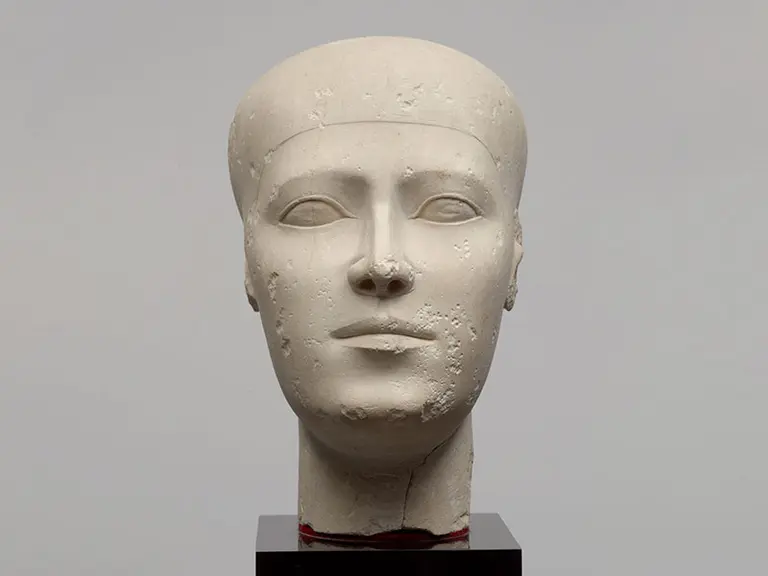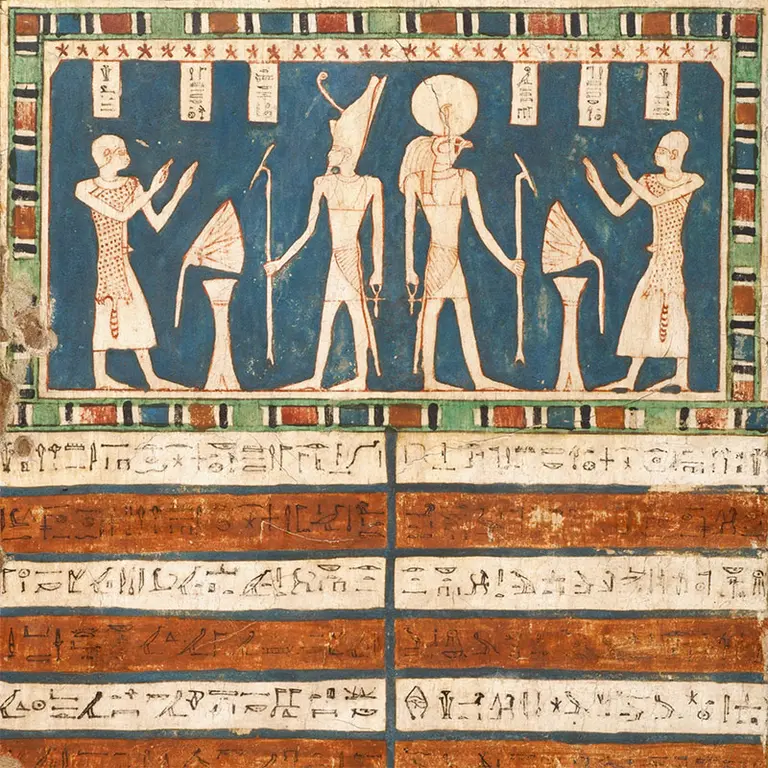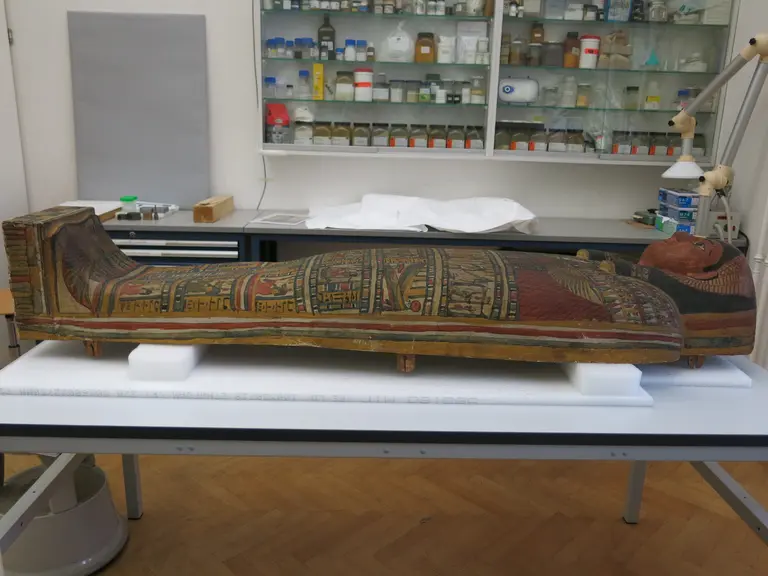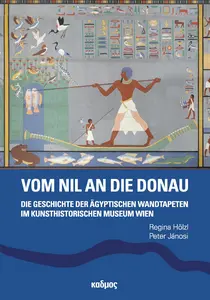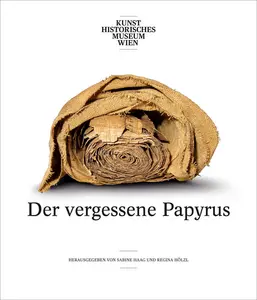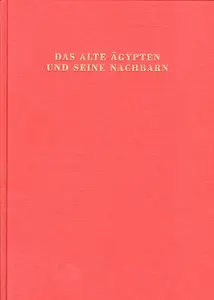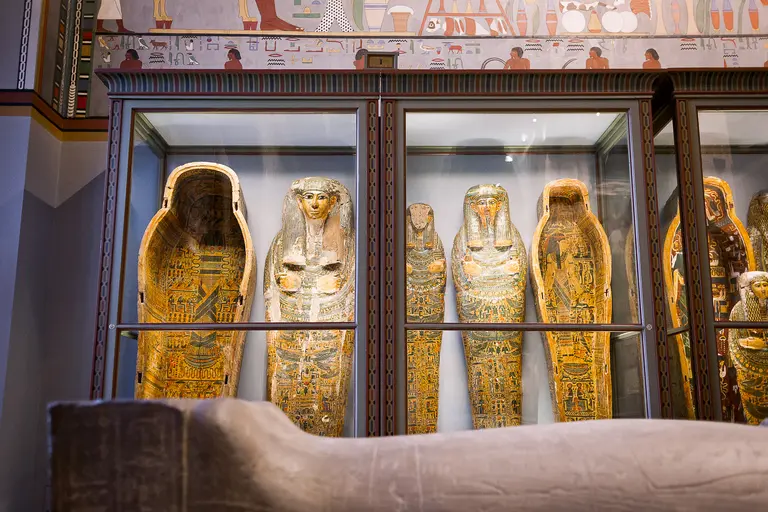The Egyptian and Near Eastern Collection comprises superb statues and reliefs from all epochs of ancient Egyptian history. Thanks to the Austrian excavations in Giza in the early twentieth century, the Kunsthistorisches Museum is home to one of the most important collections of monuments from the Old Kingdom outside of Egypt. Acquisitions in the nineteenth century, including purchases by Ernst August Burghart and the collection of Archduke Ferdinand II (who later became Emperor Maximilian I of Mexico), are to thank for the Museum’s collection of objects of outstanding importance from the Middle and New Kingdoms, Late Period, and Ptolemaic Period. In the twentieth century, the official division of finds led to a large amount of archaeological material from excavations in Egypt and Nubia being added to the collection.
The creation of catalogues of objects ordered by group, research into selected objects, and interdisciplinary research collaborations form the heart of the scientific work of the collection. The results of the research are shared with the wider public through special exhibitions.


